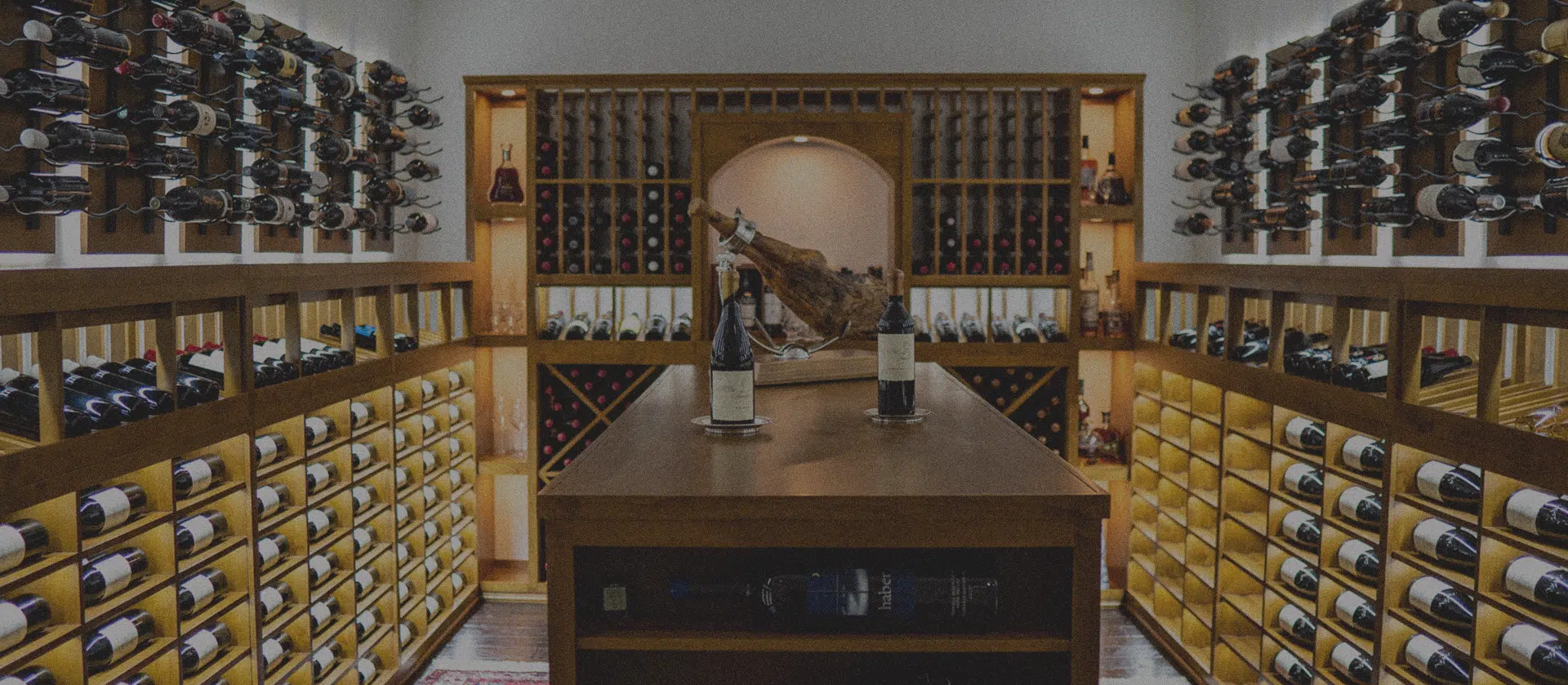
Illuminate your collection with elegance and precision.
Voltage 24V DC; IP20, CRI 90
Kelvin 3000K / 4000K / 5000K
Power 12W per meter / 3.65W per foot
Luminous Flux 337lm per meter
Luminous Efficiency 25lm/w
Dimensions L3000mm/9.84 ft x W16.3mm x H10.5mm

Bring focus and depth to your wine cellar design. This surface mount solder free linear LED lights create dramatic highlights without overwhelming your space.
Voltage DC 24V, IP 20, CRI90
Kelvin 3000K
Power 12W meter / 3.65w foot
Luminous Flux 328lm per meter
Luminous Efficiency 30lm/w
Dimensions L3000mm/9.84ft x W23mm x H11mm
Complete installations in minutes — the plug-and-play system delivers a secure, solder-free connection that reduces labor costs and downtime.
Voltage DC 24V, IP20, CRI: 90
Kelvin 3000K
Power 12w meter / 3.65w foot
Luminous Flux 510lm per meter
Luminous Efficiency 68lm/w
Dimensions L3000mm/9.84ft x W19mm x H13mm
The ultra-slim profile allows easy surface mounting without tools or drilling, so you can achieve a sleek, professional finish in no time.
Voltage DC 24V, IP20, CRI: 90
Kelvin 3000K
Power 12w meter / 3.65w foot
Luminous Flux 427lm per meter
Luminous Efficiency 57lm/w
Dimensions L3000mm/9.84ft x W18mm x H15mm
Enjoy total control over your lighting. This high-performance LED strip can be trimmed at every single chip, so you get the exact length you need.
Voltage DC 24V, IP20, CRI: 90
Kelvin 3000K
Power 12w meter / 3.65w foot
Luminous Flux 247lm per meter
Luminous Efficiency 33lm/w
Dimensions L3000mm/9.84ft x W17mm x H10mm
Get More Light, Less Distraction: Easily extend your lighting setup while keeping a clean, uninterrupted look. The transparent connector blends in, so all you see is beautiful, continuous light.
Voltage DC 24V, IP20, CRI: 90
Kelvin 3000K / 4000K / 5000K
Power 12w meter / 3.65w foot
Luminous Flux 153lm per meter
Luminous Efficiency 20.5lm/w
Dimensions L3000mm/9.84ft x W12mm x H10mm
The recessed linear LED profile features a solder-free, plug-and-play connection system designed for speed and simplicity.
Voltage DC 24V, IP20, CRI: 90
Kelvin 3000K / 4000K / 5000K
Power 12w meter / 3.65w foot
Luminous Flux 245lm per meter
Luminous Efficiency 35lm/w
Dimensions L3000mm/9.84ft x W12mm x H10mm
Get sleek, modern lighting without the hassle. This ultra-slim, solder-free LED installs right on the surface—no drilling, no mess—making it the perfect choice for easy DIY setups or quick professional installs.
Voltage DC 24V, IP20, CRI: 90
Kelvin 3000K
Power 12w meter / 3.65w foot
Luminous Flux 337lm per meter
Luminous Efficiency 45lm/w
Dimensions L3000mm/9.84ft x W 25mm x H10mm
Enjoy automatic lighting and instant visibility with our surface-mount LED door light—perfect for drawers, closets, and cabinets. No switches, no hassle—just open the door and light up your space.
Voltage DC 24V, IP20, CRI: 90
Kelvin Adjustable 3000K / 4000K / 5000K
Power 3.5w per meter
Luminous Flux 230lm per meter
Luminous Efficiency 65lm/w
Dimensions 64mm x 13mm
Experience perfect ambiance with our CCT & Dimmable LED Puck Light — enjoy smooth, flicker-free dimming, flexible mounting (recessed or surface), and durable aluminum die-cast construction for lasting elegance in your wine cellar.
 LDR Series
LDR Series(Centralized Control Power Supply)
Build your perfect lighting system with our full range of Wine Cellar Lighting Accessories.
Fine-tune brightness with touch dimmers, automate illumination with PIR and motion sensors, and achieve flawless installation with brackets, conductive connectors, connect wires, cap kits, and extension cables.
Each accessory is engineered for seamless compatibility, giving you the control, flexibility, and polished finish every custom wine cellar deserves.
Our smart lighting sensors combine style, function, and innovation:
LED touch switches & dimmers for precise brightness and color control
Door sensor switches for automatic illumination upon opening
Wireless emitters & receivers for flexible, cable-free installation
Designed for modern wine cellars, these components simplify lighting management while highlighting your collection with effortless precision.

Whether you’re designing a new wine room or upgrading an existing one, our lighting catalog has a solution for every vision!
“Light not only guides the eye, but defines the mood of your cellar.”

Finding the Right Place for Your Growing Wine Collection is Easy When You Work with an Expert